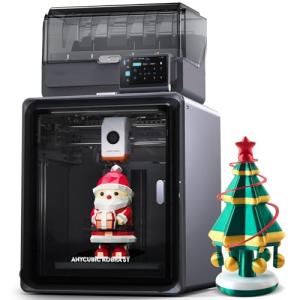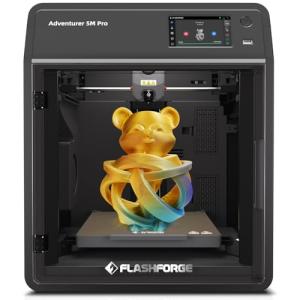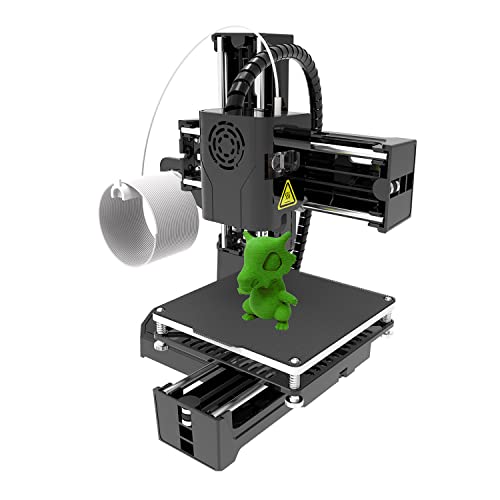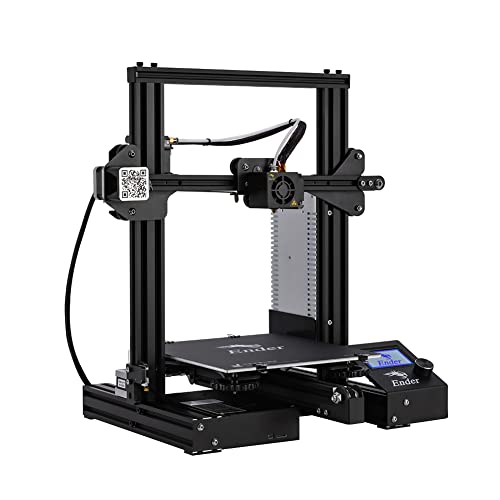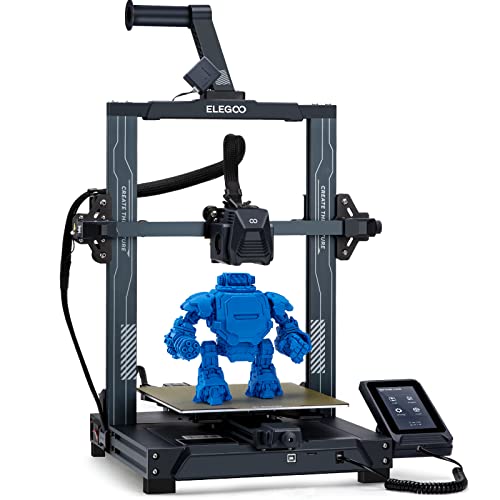When it comes to 3D printing, the filament you choose can make a huge difference in your results. With so many types of 3D printer filament out there, it’s good to have a solid understanding of your options. Let’s break down some of the most common types you'll come across.
First up is PLA, or Polylactic Acid. This is the go-to choice for beginners. It’s easy to print with, doesn’t warp much, and comes in a rainbow of colors. Plus, it’s made from renewable resources, which is great if you're eco-conscious. Just remember, it’s not the best for high-heat applications.
Next, we have ABS, or Acrylonitrile Butadiene Styrene. This filament is tougher and more heat-resistant than PLA, making it perfect for functional parts and prototypes. However, it does require a bit more attention since it can warp if your 3D printer doesn’t have a heated bed. If you want something durable, ABS is worth considering.
TPU, or Thermoplastic Polyurethane, is another popular choice. It’s flexible and rubbery, which is fantastic for creating items that need some bend, like phone cases or wearables. Keep in mind, printing with TPU can be a bit tricky since its elasticity can cause feeding issues in some printers. But if you nail it, the results can be awesome.
Each type of 3D printer filament has its unique perks and challenges. Whether you’re looking for ease of use, durability, or flexibility, knowing what’s out there can help you make the right choice. Get familiar with these options, and you'll be well on your way to printing amazing things!
Understanding Filament Types and Materials
When diving into the world of 3D printing, one of the first things you'll notice is the variety of 3D printer filament options out there. Each filament type has its own unique properties, making it important to choose the right one based on what you want to create. Let’s break it down simply.
PLA (Polylactic Acid) is one of the most popular filaments, and for good reason. It's biodegradable, easy to print with, and doesn’t warp much. If you’re just starting and want to print cool figurines or prototypes, PLA is your best buddy. Plus, it comes in a rainbow of colors!
ABS (Acrylonitrile Butadiene Styrene) is another common choice. It’s stronger and more heat-resistant than PLA, which makes it great for functional parts. Just a heads-up: printing with ABS can create some odors, so make sure you're in a well-ventilated area.
If you’re looking for something a bit different, check out PETG (Polyethylene Terephthalate Glycol). This filament offers the best of both worlds, combining the easy use of PLA and the strength of ABS. It’s also more flexible, which is a huge plus for certain projects.
For those who are feeling adventurous, specialty filaments like TPU (Thermoplastic Polyurethane) and nylon are available. TPU is super flexible, making it perfect for items like phone cases or wearables. Nylon is incredibly strong and durable, ideal for parts that need to withstand some serious stress.
Anycubic Kobra S1 Combo Fast Multi-Color 3D Printer
Unleash your creativity with lightning-fast printing and vibrant multi-color designs
Product information
$714.49
Product Review Score
4.31 out of 5 stars
71 reviewsProduct links
Choosing the Right Color and Finish
When picking out your 3D printer filament, color and finish are super important. The right choice can really make your project pop. Whether you're going for bright and bold or subtle and sleek, there’s something out there for you.
First, think about the purpose of your print. If it’s for a display piece, vibrant colors can draw attention. For functional parts, neutral tones might be better since they can blend in with other items. Don't forget about the finish, too. Glossy finishes can add a shiny look, while matte options give a more subdued vibe.
Next up, consider the material. Some filaments come in amazing colors and finishes that really stand out. For example, PLA filament often offers a wide range of colors and textures. If you’re looking for something unique, try specialty filaments like silk or sparkle options that can add a little flair to your creations.
Lastly, don't hesitate to experiment! Grab a few different colors and finishes. The beauty of 3D printer filament is that it lets you play around with your designs. You never know which combination will become your favorite until you try it out. So, have fun and let your creativity shine!
FLASHFORGE Adventurer 5M Pro 3D Printer Bundle
Unleash your creativity with this all-in-one 3D printing solution that makes projects a breeze
Product information
$499.00
Product Review Score
4.29 out of 5 stars
153 reviewsProduct links
Tips for Storing Your Filament Properly
Storing your 3D printer filament properly can make a big difference in your printing results. Keeping it in good shape means fewer headaches when you’re ready to create something new. Here are some tips to help you keep your filament fresh.
First, humidity is a killer for filament. Moisture can lead to poor prints and clogged nozzles. Keep your filament in a dry place. Airtight bags or containers with desiccant packs are great for keeping moisture at bay. If you live in a humid area, consider investing in a filament dryer.
Next, light can also affect your filament. UV light can degrade certain types of filament over time, especially if you’re using PLA. Store your 3D printer filament in a dark place or wrap it in a light-blocking material. Even a cardboard box can do the trick!
Finally, don’t forget about temperature. Extreme heat can warp your filament. Keep your filament in a cool environment and avoid leaving it near heaters or in direct sunlight. This simple step can help ensure it stays in perfect condition for all your printing projects.
